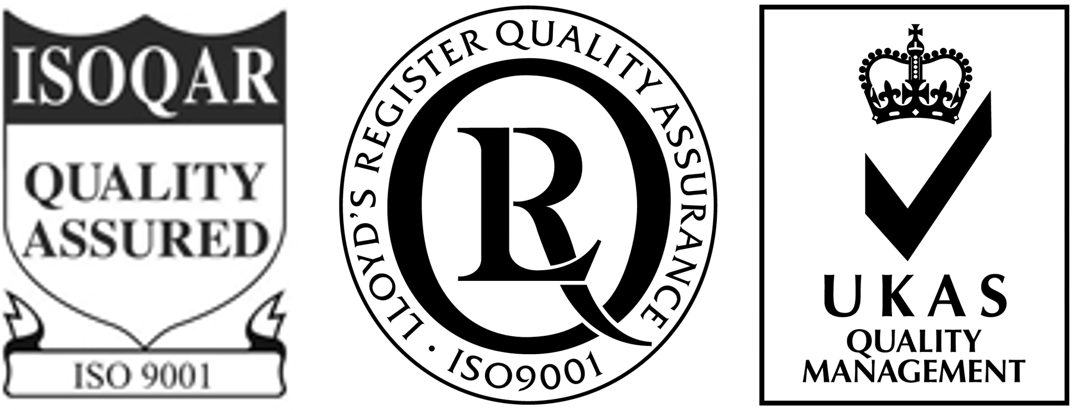奥奈达希瓦氏菌(Shewanella oneidensis MR-1)
BioVector NTCC质粒载体菌种细胞基因保藏中心
- 价 格:¥49752
- 货 号:奥奈达希瓦氏菌(Shewanella oneidensis MR-1)
- 产 地:北京
- BioVector NTCC典型培养物保藏中心
- 联系人:Dr.Xu, Biovector NTCC Inc.
电话:400-800-2947 工作QQ:1843439339 (微信同号)
邮件:Biovector@163.com
手机:18901268599
地址:北京
- 已注册
奥奈达希瓦氏菌(Shewanella oneidensis MR-1)
BioVector NTCC质粒载体菌种细胞基因保藏中心
The genus Shewanella consists of gram-negative proteobacteria that are typically rod shaped, 2-3 μm in length, and 0.4-0.7 μm in diameter (Fig 1). These facultative anaerobes are often found in marine sediments and can swim with the aid of a single polar flagellum (Venkateswaran et al., 1999). Since the modern characterization Shewanella in 1988, DNA:DNA hybridization and 16S rRNA sequencing has been used to identify more than 40 distinct species. The features that characterize this genus include psychrotolerance, mild halophilicity, and the capacity to reduce an unparalleled array of inorganic and organic compounds for respiration (Gralnick et al., 2007). Their capacity to respire on various metals as well as their production of endogenous hydrocarobons has ignited tremendous interest in the characterization and potential applications of these microorganisms. S. onidensis is being looked at as a possible aid in the fight against nuclear waste leakage: It can respire Uranium when iron is not present. When Iron is not present S. onidensis can reduce Uranium as its final electron acceptor in its electron transport chain. Reducing the Uranium causes the compound to precipitate out of water. The now solid Uranium can be collected and moved to a safe nuclear waste site.
Model Species of the Genus Shewanella: Shewanella oneidensis MR-1
Figure 3. Biofilm formation by Shewanella oniedensis MR-1 on a glass surface. Shewanella cells labeled with green fluorescence protein (GFP) were visualized using confocal laser-scanning microscopy. Panel A (1 h) depicts adhesion by the first colonies, and panel B (8 h) represents the subsequent, rapid cell divisions. After 12 h, the first 3D structures appear (panel C, 16 h), and after 20 h the cells completely cover the surface and tower at approximately 20 μm heights (panel D, 24 h). By the 5th day, the biofilm reaches a steady state and contains mushroom-like towers that have a base of about 200 μm (panel E, 48 h; panel F, 120 h). The scale bar is 80 μm, and the cells were grown in LM medium containing 0.5 mM lactate. (Photo from: Thormann et al.,2004: http://jb.asm.org/cgi/content/full/186/23/8096).
In 1988, a group of scientists became curious about the unexplained levels of reduced manganese (Mn2+) present in New York’s largest freshwater lake, Lake Oneida (Fig 2). In nature, manganese generally exists in its oxidized form (Mn4+), and thus the scientists hypothesized that some biological process was reducing the manganese. Upon experimentation, they discovered a species of Shewanella that respires by transferring electrons to Mn4+. Interestingly, oxidized manganese is insoluble, which indicated that the bacteria have a way to transfer electrons to metal outside of their cells for respiration. After rRNA sequencing, the bacteria was characterized as a Shewanella , and the species was named Shewanella oneidensis MR-1 (“manganese reducer”) after the lake in which it was discovered (Slonczewski et al, 2011). This MR-1 species was the first Shewanella genome to be sequenced, and thus it has become a model system for the study of the genus (Gralnick et al., 2007)
BioVector NTCC质粒载体菌种细胞蛋白抗体基因保藏中心
电话:+86-010-53513060
网址:www.biovector.net
【Supplier来源】BioVector NTCC Inc.
【Website网址】 http://www.biovector.net
BioVector NTCC质粒载体菌种细胞基因保藏中心
The genus Shewanella consists of gram-negative proteobacteria that are typically rod shaped, 2-3 μm in length, and 0.4-0.7 μm in diameter (Fig 1). These facultative anaerobes are often found in marine sediments and can swim with the aid of a single polar flagellum (Venkateswaran et al., 1999). Since the modern characterization Shewanella in 1988, DNA:DNA hybridization and 16S rRNA sequencing has been used to identify more than 40 distinct species. The features that characterize this genus include psychrotolerance, mild halophilicity, and the capacity to reduce an unparalleled array of inorganic and organic compounds for respiration (Gralnick et al., 2007). Their capacity to respire on various metals as well as their production of endogenous hydrocarobons has ignited tremendous interest in the characterization and potential applications of these microorganisms. S. onidensis is being looked at as a possible aid in the fight against nuclear waste leakage: It can respire Uranium when iron is not present. When Iron is not present S. onidensis can reduce Uranium as its final electron acceptor in its electron transport chain. Reducing the Uranium causes the compound to precipitate out of water. The now solid Uranium can be collected and moved to a safe nuclear waste site.
Model Species of the Genus Shewanella: Shewanella oneidensis MR-1
Figure 3. Biofilm formation by Shewanella oniedensis MR-1 on a glass surface. Shewanella cells labeled with green fluorescence protein (GFP) were visualized using confocal laser-scanning microscopy. Panel A (1 h) depicts adhesion by the first colonies, and panel B (8 h) represents the subsequent, rapid cell divisions. After 12 h, the first 3D structures appear (panel C, 16 h), and after 20 h the cells completely cover the surface and tower at approximately 20 μm heights (panel D, 24 h). By the 5th day, the biofilm reaches a steady state and contains mushroom-like towers that have a base of about 200 μm (panel E, 48 h; panel F, 120 h). The scale bar is 80 μm, and the cells were grown in LM medium containing 0.5 mM lactate. (Photo from: Thormann et al.,2004: http://jb.asm.org/cgi/content/full/186/23/8096).
In 1988, a group of scientists became curious about the unexplained levels of reduced manganese (Mn2+) present in New York’s largest freshwater lake, Lake Oneida (Fig 2). In nature, manganese generally exists in its oxidized form (Mn4+), and thus the scientists hypothesized that some biological process was reducing the manganese. Upon experimentation, they discovered a species of Shewanella that respires by transferring electrons to Mn4+. Interestingly, oxidized manganese is insoluble, which indicated that the bacteria have a way to transfer electrons to metal outside of their cells for respiration. After rRNA sequencing, the bacteria was characterized as a Shewanella , and the species was named Shewanella oneidensis MR-1 (“manganese reducer”) after the lake in which it was discovered (Slonczewski et al, 2011). This MR-1 species was the first Shewanella genome to be sequenced, and thus it has become a model system for the study of the genus (Gralnick et al., 2007)
BioVector NTCC质粒载体菌种细胞蛋白抗体基因保藏中心
电话:+86-010-53513060
网址:www.biovector.net
【Supplier来源】BioVector NTCC Inc.
【Website网址】 http://www.biovector.net
- 公告/新闻



 免费订购电话: 400-800-2947
免费订购电话: 400-800-2947